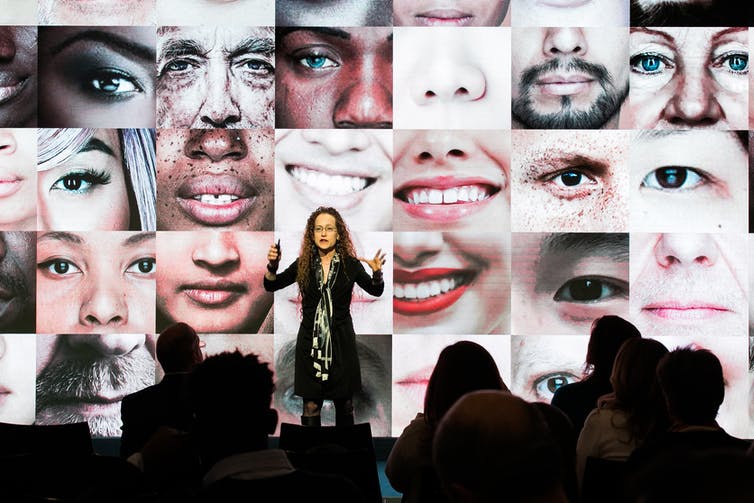At the end of 2020, it seemed hard to imagine a worse year for misinformation on social media, given the intensity of the presidential election and the trauma of the COVID-19 pandemic. But 2021 proved up to the task, starting with the Jan. 6 insurrection and continuing with copious amounts of falsehoods and distortions about COVID-19 vaccines.
To get a sense of what 2022 could hold, we asked three researchers about the evolution of misinformation on social media.
Absent regulation, misinformation will get worse
Anjana Susarla, Professor of Information Systems, Michigan State University
While misinformation has always existed in media – think of the Great Moon Hoax of 1835 that claimed life was discovered on the moon – the advent of social media has significantly increased the scope, spread and reach of misinformation. Social media platforms have morphed into public information utilities that control how most people view the world, which makes misinformation they facilitate a fundamental problem for society.
There are two primary challenges in addressing misinformation. The first is the dearth of regulatory mechanisms that address it. Mandating transparency and giving users greater access to and control over their data might go a long way in addressing the challenges of misinformation. But there’s also a need for independent audits, including tools that assess social media algorithms. These can establish how the social media platforms’ choices in curating news feeds and presenting content affect how people see information.
The second challenge is that racial and gender biases in algorithms used by social media platforms exacerbate the misinformation problem. While social media companies have introduced mechanisms to highlight authoritative sources of information, solutions such as labeling posts as misinformation don’t solve racial and gender biases in accessing information. Highlighting relevant sources of, for example, health information may only help users with greater health literacy and not people with low health literacy, who tend to be disproportionately minorities.

Carnegie Mellon University’s Justine Cassell discusses algorithmic bias at the World Economic Forum in 2019.
World Economic Forum, CC BY-NC-SA
Another problem is the need to look systematically at where users are finding misinformation. TikTok, for example, has largely escaped government scrutiny. What’s more, misinformation targeting minorities, particularly Spanish-language content, may be far worse than misinformation targeting majority communities.
I believe the lack of independent audits, lack of transparency in fact checking and the racial and gender biases underlying algorithms used by social media platforms suggest that the need for regulatory action in 2022 is urgent and immediate.
Growing divisions and cynicism
Dam Hee Kim, Assistant Professor of Communication, University of…


